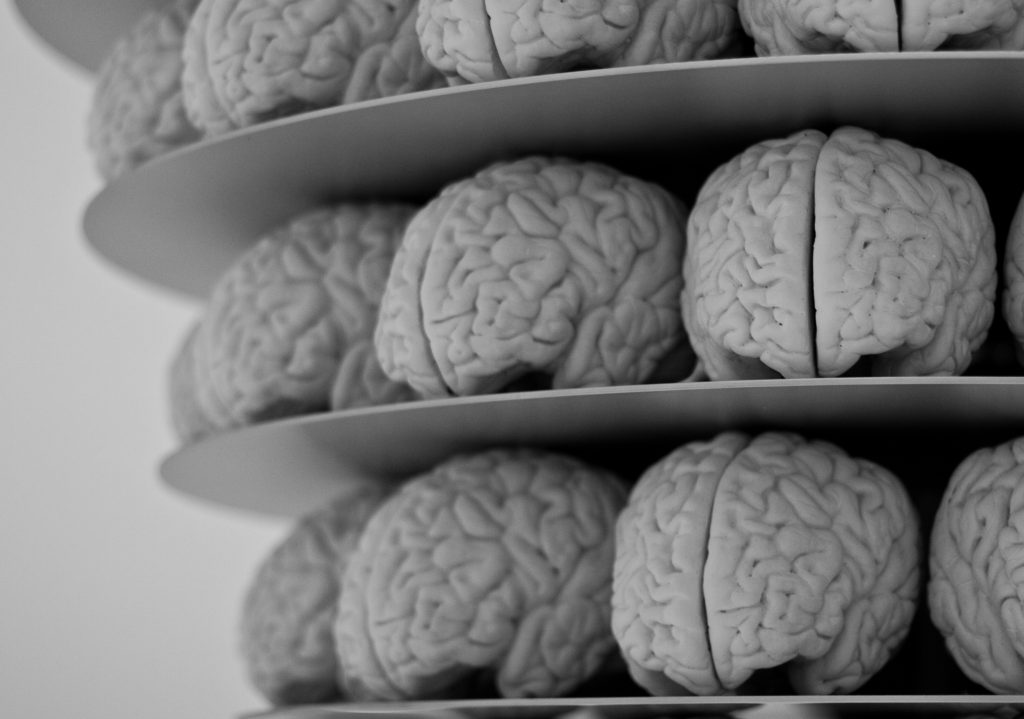Our brain drug cleft the young woman in two. The left-brain version of Naomi was different from the right. Ms. Left-brain was talkative and cheerful. Ms. Right-brain was unsettled, mute, morose. When the words finally broke through, she hadn’t a clue where she was. “What the fuck am I doing here?” I’ve never heard Ms. Left-brain swear. Afterward, when the drug wore off, Ms. Left-brain spoke for the whole person. “It was a breeze,” she said. There was no recollection of Ms. Right-brain’s discomfort. It had been edited out of the story.
One might think that the self is divided in such circumstances, but this would be to swallow the illusion of unity; to imagine in the first place that there is some “whole thing” to be fractionated. There isn’t. From a neuroscience perspective we are all divided and discontinuous. The mental processes underlying our sense of self —feelings, thoughts, memories—are scattered through different zones of the brain. There is no special point of convergence. No cockpit of the soul. No soul-pilot. They come together in a work of fiction. A human being is a storytelling machine. The self is a story.
This is not to say that our lives are fictions. Unlike Robinson Crusoe or Emma Bovary, we are embedded in a universe with physical and moral dimensions, where every thought and action splinters into a million consequences. Readers of Flaubert’s Madame Bovary will vary in their reactions to its heroine as she makes her way through the novel, but her life and thoughts are fixed. She will always marry Charles, fall prey to the abominable Rodolphe, and die her horrible death. It’s different for us meat puppets. We don’t know where our lives are going. What the fuck am I doing here? I often wonder.
Who tells the story of the self? That’s like asking who thunders the thunder or rains the rain. It is not so much a question of us telling the story as the story telling us.
Like the surface of the Earth, the brain is pretty much mapped. There are no secret compartments inaccessible to the surgeon’s knife or the magnetic gaze of the brain scanner; no mysterious humor pervading the cerebral ventricles, no soul in the pineal gland, no vital spark, no spirits in the tangled wood. There is nothing you can’t touch or squeeze, weigh and measure, as we might the physical properties of other objects. So you will search in vain for any semblance of a self within the structures of the brain: there is no ghost in the machine. It is time to grow up and accept this fact. But, somehow, we are the product of the operation of this machinery and its progress through the physical and social world.
Minds emerge from process and interaction, not substance. In a sense, we inhabit the spaces between things. We subsist in emptiness. A beautiful, liberating thought and nothing to be afraid of. The notion of a tethered soul is crude by comparison. Shine a light, it’s obvious.
♦
From Into the Silent Land: Travels in Neuropsychology © 2003 by Paul Broks. Reprinted with permission of Atlantic Monthly Press.
Thank you for subscribing to Tricycle! As a nonprofit, we depend on readers like you to keep Buddhist teachings and practices widely available.
